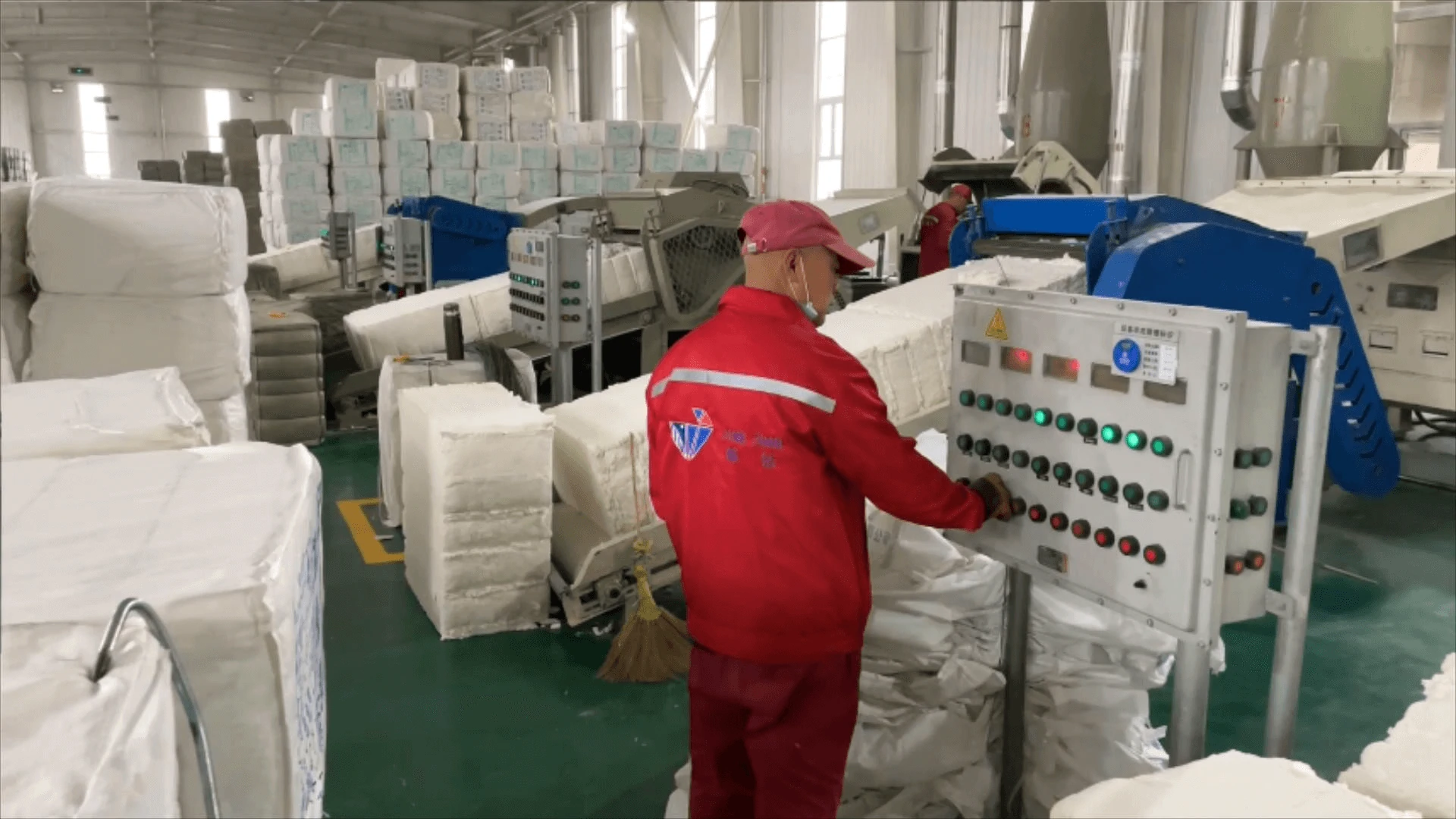
Dàmh . 30, 2024 13:46 Back to list
hydroxyethyl cellulose solubility in water
Hydroxyethyl Cellulose Solubility in Water Understanding Its Properties and Applications
Hydroxyethyl cellulose (HEC) is a non-ionic water-soluble polymer derived from cellulose, a natural polymer obtained from plant cell walls. Its unique properties make HEC a popular choice in various industrial applications, particularly in the fields of cosmetics, food, pharmaceuticals, and construction. Understanding the solubility of hydroxyethyl cellulose in water is essential for optimizing its use in these diverse applications.
The solubility of hydroxyethyl cellulose in water is largely influenced by its molecular weight and the degree of substitution. Higher molecular weight HEC tends to exhibit increased viscosity when dissolved, while lower molecular weight forms might dissolve more readily but produce less viscous solutions. The degree of substitution, which refers to the number of ethylene oxide groups that replace hydroxyl groups in the cellulose structure, also plays a crucial role. A higher degree of substitution generally enhances the water solubility of HEC.
In its aqueous form, hydroxyethyl cellulose acts as a thickening agent, emulsifier, and stabilizer, making it particularly valuable in various formulations. In the cosmetic industry, HEC is commonly used in lotions and creams to improve texture and stability. Its ability to retain moisture makes it effective in hydrating skin products. Similarly, in the pharmaceutical sector, HEC is employed in drug formulations, where it helps in controlling the release of active ingredients.
hydroxyethyl cellulose solubility in water

In addition to its applications in personal care and pharmaceutical products, HEC is widely used in construction materials. It serves as a thickener and water-retaining agent in cementitious formulations, helping to improve workability and adhesion. This property is especially critical for tile adhesives and plasters, where optimal consistency is necessary for effective application.
When discussing HEC's solubility, it’s important to note that temperature and pH can significantly impact its performance. HEC remains soluble in a wide temperature range, but increasing temperatures can enhance its solubility. Meanwhile, drastic changes in pH can affect its viscosity and stabilizing properties; therefore, formulations containing HEC typically maintain a neutral pH to ensure optimal performance.
Despite its numerous advantages, the solubility of hydroxyethyl cellulose can sometimes lead to issues such as gel formation or precipitation when mixed with certain other ingredients
. It is crucial for formulators to understand the interactions between HEC and other components in their formulations to mitigate these issues.In conclusion, hydroxyethyl cellulose is a versatile polymer with significant water solubility characteristics that make it valuable across various industries. By understanding the factors influencing its solubility and performance, manufacturers can effectively utilize HEC to enhance the quality and efficacy of their products, from cosmetics to construction materials, thereby meeting the diverse needs of consumers and industries alike.
-
Versatile Hpmc Uses in Different Industries
NewsJun.19,2025
-
Redispersible Powder's Role in Enhancing Durability of Construction Products
NewsJun.19,2025
-
Hydroxyethyl Cellulose Applications Driving Green Industrial Processes
NewsJun.19,2025
-
Exploring Different Redispersible Polymer Powder
NewsJun.19,2025
-
Choosing the Right Mortar Bonding Agent
NewsJun.19,2025
-
Applications and Significance of China Hpmc in Modern Industries
NewsJun.19,2025







